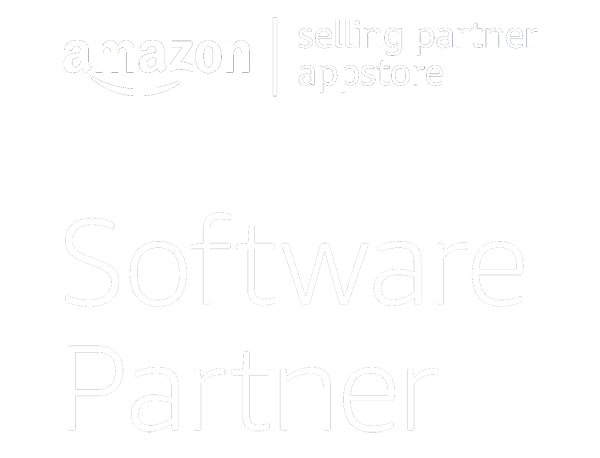In the competitive world of eCommerce, having the right payment options can be a distinguishing factor between a flourishing business and a struggling one. With Shopify and Amazon leading the pack as two of the most sought-after platforms for small businesses, entrepreneurs face the challenge of choosing which best caters to their payment needs. But why are payment options so crucial, and how do they impact your business’s profitability and customer experience? This article will provide an in-depth analysis of the payment options offered by both Shopify and Amazon and why they matter to your bottom line.
Amazon May Not Have As Many Payment Options As Shopify, But It Does Offer Merchants A More User-Friendly Experience
While you can accept all major credit cards on Shopify, the platform only lets you process payments through PayPal and Stripe. If you want to accept other types of online payments like Apple Pay or Venmo, then you’ll need to connect your store with an outside service that offers those options- which will likely cost extra money in addition to the fees from PayPal or Stripe (which are already quite high).
Amazon’s payments are also more user-friendly than Shopify’s because they’re integrated into the rest of their platform. In Seller Central you can open your account settings and enter information about how much time has passed since each transaction occurred; Amazon will then automatically apply any applicable sales tax in real-time based on where buyers live.
In addition to standard payment options, Amazon offers several other payment methods unique to the platform, such as Amazon Pay, Amazon Cash, and Amazon gift cards or vouchers. One of Amazon’s most popular payment methods is using gift cards or vouchers, which can be purchased and used to pay for products on the platform. These vouchers are a convenient option for customers who do not want to use their credit or debit cards, or who want to gift a specific amount to spend on Amazon.
Pros And Cons Of Relying On One Platform
One of the biggest advantages of relying on a single platform is that it makes things easier for you. You don’t have to worry about managing multiple sales channels, and you can focus your energy on improving the performance of one site.
However, there are also drawbacks to relying on one platform: if Amazon or eBay should ever change their policies or shut down your account, then all of your hard work would be lost in an instant!
Tips For Diversifying Your eCommerce Presence
Cross-promotion: You can use your existing eCommerce platform to promote other channels or vice versa. For example, if you have an online store and a Facebook page, you could use your Facebook page to encourage customers to subscribe to your newsletter by offering a discount code for the store to those who do. r. This is an effective way to encourage shoppers who may still need to discover your brand but are interested in what it offers.
Leveraging customer data: If someone purchases something from one channel (say, Amazon), there’s no reason why they shouldn’t be able to buy another product through another channel (your website). By linking these two accounts with customer data-sharing tools like Shopify Connect or Google Analytics 360 Suite, customers can seamlessly transition between buying experiences without having their information reentered over again each time they make an order.


